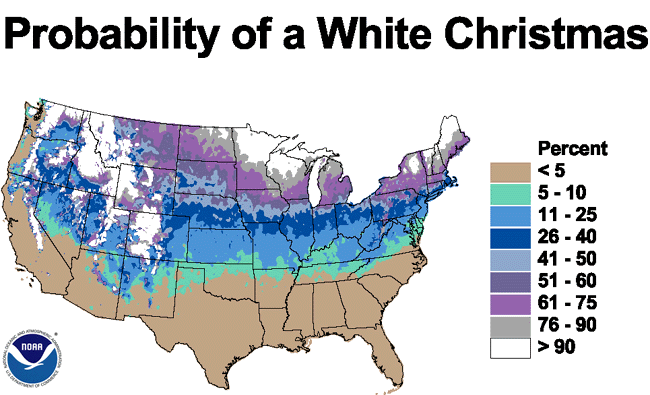 Q. Dear Twig: OK, here's another kiwifruit. So what did you mean, "more cool backyard fruits" last month?
Q. Dear Twig: OK, here's another kiwifruit. So what did you mean, "more cool backyard fruits" last month?A. Thank you. Chomp, chomp. I meant that you can grow a lot of other fruits in your own backyard, not just kiwifruits. (And you can grow those, too, if you want to.)
Like what? Well, in most places you can grow apples.
And peaches.
And pears and plums.
And grapes and cherries and peaches and apricots.
Strawberries, blueberries, raspberries, blackberries.
Plus weird ones, too, that you might not find in a grocery store: pawpaws, currants, mulberries, Juneberries, gooseberries, even ground cherries.
Sweet.
Next: Why would you want to do this? A good way to learn how to do this. And a chance to win that good way free.
Berrily,
Twig
P.S. Q. Why do elephants hide in strawberry patches? A. The research is inconclusive.
Notes from Twig:
The fruit types listed are for Midwestern growing conditions (like in Ohio, where I live). Others include quince, medlar, bush cherry, Cornelian cherry, persimmon and highbush cranberry.
Source: If you're eager to learn, check out Ohioline and start to dig around.
Q. Why do elephants paint their toenails red? A. To hide in a strawberry patch or in plantings of certain kinds of grapes, apples, cherries, currants, raspberries, gooseberries, mulberries, bush cherries or highbush cranberries depending on the shade they use.
Using this information in the classroom:
There are many, many cool ways to incorporate plants into your classroom. Here are two of our favorites:
Check out Growing Together, which you can buy at the Ohio State University Extension E-Store for $13.50. There are tons of cool activities and lessons inside and we use them in our program all the time. Love it!
And secondly, I bet you don't think of using plant to teach math, do you? Check out Math in the Garden for $29.95 from Gardening with Kids.
Lots of fun, hands-on ways to heat up your outdoor summer learning in the coming months of spring and summer. Enjoy!












